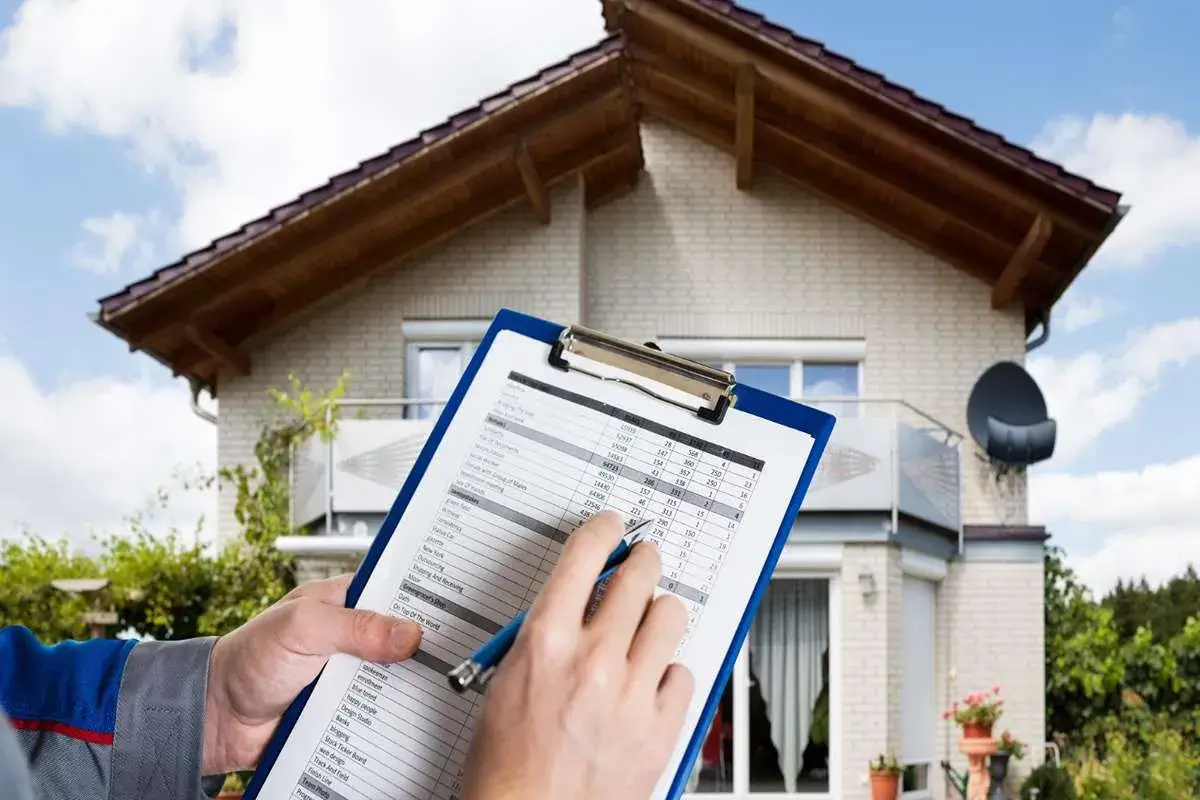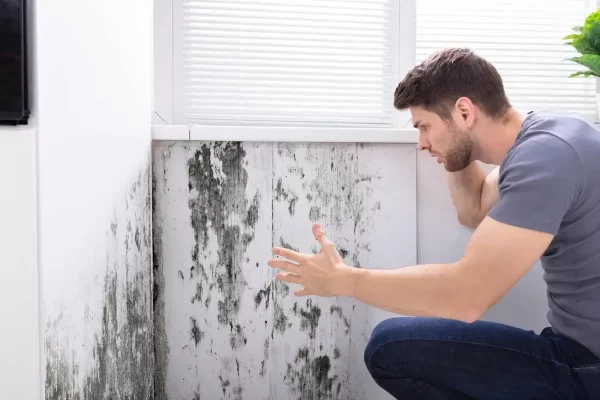What is Ashi, and what does it mean to be certified? ASHI is the acronym for the American Society of Home Inspectors. It is a professional organization that was founded in 1976 to improve the quality of home inspections.
The ASHI standard is a document that defines the scope of home inspections. It is an influential document in the industry, and it has been revised many times to ensure that it accurately reflects the standards of a professional home inspection Royal Oak MI
To be certified means to be officially recognized by ASHI as having met these standards or requirements. To get an ASHI certification, you must pass an exam and meet specific needs. The exam covers building construction, home energy efficiency, mold remediation, and more.
Things Included in the ASHI Home Inspection Checklist
A home inspection is a professional examination of the house to identify defects, maintenance issues, or safety hazards. It usually includes an assessment of the plumbing, heating, and electrical systems. The ASHI (American Society of Home Inspectors) developed a home inspection checklist used by inspectors in North America.
The following are some items that should be included in the ASHI home inspection checklist:
– Structural Inspection – Exterior – Foundation – Roofing – Electrical System – Plumbing System
– Heating System – Air Conditioning System -Interior -Insulation And Ventilation – Fireplace & SFBA
Structural System Inspections
Structural system inspections are the most crucial part of home inspections. It is essential to know what is happening with the structural system of your home to determine if you need repairs or not. Structural inspections are performed by certified professionals who analyze the condition of the foundation, framing, and other structural components to identify any potential issues that could lead to future problems. A certified home inspection in Royal Oak identifies structural problems and safety issues that other inspections may not find.
Inspections of the structural system inspect the following:
- under-floor crawlspaces and attics,
- foundation,
- floor structure,
- wall structure,
- ceiling structure,
- Roof
A home inspector is not required to provide engineering or architectural services. This inspection is not an engineering or architectural service, and the inspector is not qualified to offer any opinion on the adequacy of structural systems and components.
Homes Exterior
A home inspector will check the following on the exterior of your home: wall coverings, flashing, and trims. Exterior doors, attached and adjacent decks, balconies, stoops, steps, porches, and their associated railings are also inspected. Along with all these parts, an inspection will be done to evaluate the condition of the eaves, soffits, and fascias accessible from the ground level. Vegetation, grading surface drainage, or anything else in that area?
If you’re interested in erosion control or earth stabilization, you will have to hire another professional for the job. A home inspector is not expected to check the screening, shutters, or other seasonal accessories, including the fence, boundary wall, or similar structures. If you want to have an outbuilding other than a garage or carport inspected, you will have to hire a separate inspection for them.
Roof Inspection
An inspector will check the roofing materials to ensure they are correctly installed. The inspector will also check the roof drainage systems to ensure they are functional and that the water is not leaking. Flashing is another essential part of a roof inspection because it prevents water from getting inside your house. Skylights, chimneys, and roof penetrations are also inspected to ensure proper flashing and ventilation.
Plumbing Inspection
An inspector will check the interior water supply and distribution systems, including fixtures and faucets. The inspector will also check the internal drain and waste systems, including traps, vents, pipes, and fittings. Inspectors will check for any signs of leaks or damage, or problems with the heating equipment and hot water supply systems, along with vent systems, flues, and chimneys. Inspectors also need to ensure that fuel storage and distribution systems are functioning correctly.
Sewage ejectors pump wastewater from the building to a sewer or septic system. If there is a problem with the sewage ejector, then the inspector can see it during the inspection. Sump pumps are used in buildings with below-ground water levels, and they help move water out of the building when it rises above certain levels. The inspector will check if these pumps work properly by observing them during an inspection. Lastly, pipes that carry water and other waste liquids throughout the building must be inspected, so they don’t leak into living spaces or electrical wiring.
Electrical Inspection
Electrical inspections are a routine part of the maintenance of any building with electrical wiring. Inspectors will look for any signs of damage or wear and tear. They will check to ensure the cables, raceways, and other components are in good condition and free from corrosion. They will also inspect all the overcurrent protection devices to ensure they are functioning correctly.
The inspector will check the installation to see if it has been done correctly and is safe. The inspector will be checking for things such as:
-Conductors.
-Cables.
-Raceways.
-Service grounding.
-Overcurrent protection devices
An inspector will check for installed lighting fixtures, switches, and receptacles. They will also check for Grounding and arc fault circuit interrupters. The inspector will also check that the wiring is in good condition. They will look at the insulation and wire splices to ensure they are in good condition.
Heating System
An inspector will check for the following things during a heating system inspection:
– Installed heating equipment: Inspectors will look at the type of installed heating equipment and ensure that it is in good condition and properly connected to all necessary parts.
– Vent systems, flues, and chimneys: Inspectors will look at the vent systems, flues, chimneys, and other exhaust systems to ensure they are in good condition.
– Distribution systems: Inspectors will look at how the heated air is distributed throughout the house or building. This includes looking at ducts, vents, registers,, and diffusers.
Cooling System
The airconditioning systems play an integral role in making a home comfortable for its inhabitants. An inspector will check the following during a cooling system inspection:
– The water supply and distribution systems for leaks, corrosion, or other damage.
– The outdoor unit for leaks, corrosion, or other damage.
– The condenser fan motors and bearings for wear or damage.
– The compressor for leaks or abnormal noise. An inspector will check the following
Insulation Systems & ventilation
Ventilation of attics and foundation areas. An inspector will check the insulation and vapor retarders in unfinished spaces. The kitchen, bathroom, and laundry are all inspected during the inspection.
Insulation and vapor retarders in unfinished spaces: Inspectors will check whether the insulation has been done correctly; he will check if it is blocking vents or ducts or if there are gaps between the insulation boards. He will also ensure no water is getting behind the insulation or under the flooring to cause mold or rot issues.
Inspectors will check for ventilation in the attic and basement to ensure enough airflow to prevent moisture buildup from damaging the home’s structure.
Interior Of The Home
An inspector checks for the following things in the interior of a home. All of these should be visible and accessible for the inspector to perform a home inspection:
-Wall, ceilings, and floors.
-Steps, stairways, and railings.
-Countertops, doors, and windows.
-Garage vehicle doors and garage.
-Installed ovens, ranges, surface cooking appliances, microwave ovens
– Dishwashing machines
-Food waste grinders
Fireplace And Solid Fuel Burning Appliances
Inspectors will check for the following during fireplace and solid fuel burning appliances
inspection:
-Fuel-burning fireplaces, stoves, and fireplace inserts.
-Fuel-burning accessories installed in fireplaces.
-Chimneys and venting systems.
The ASHI Standard of Practice helps guide the inspector during the home inspection and ensure their client will receive a thorough and effective inspection. ASHI encourages everyone involved with the home buying process to review the Standard of Practice before getting a home inspection in Royal Oak MI.










